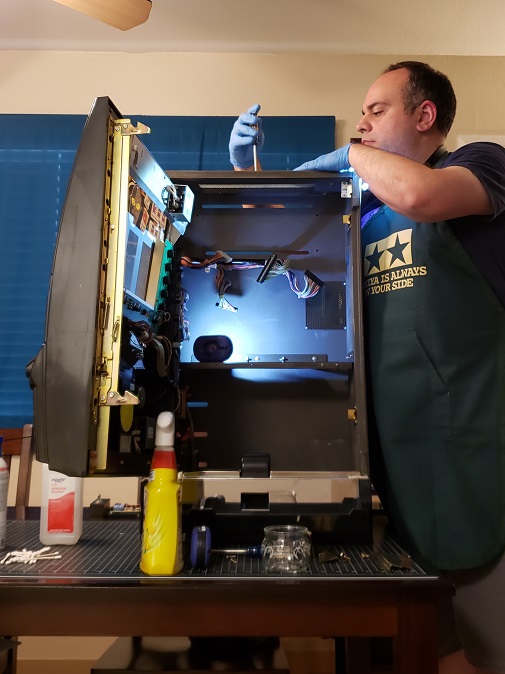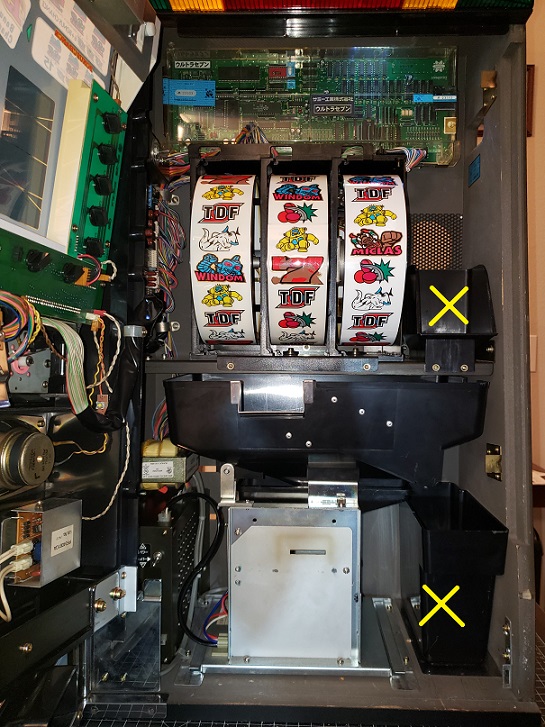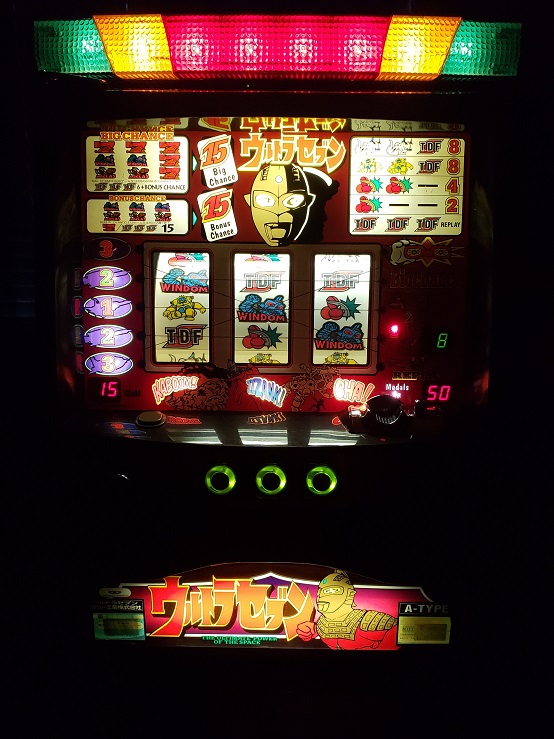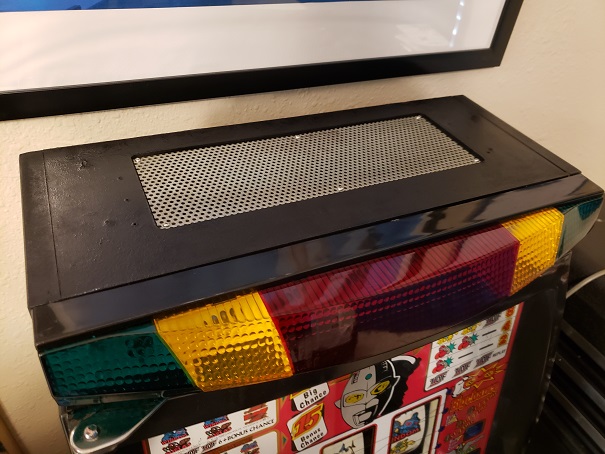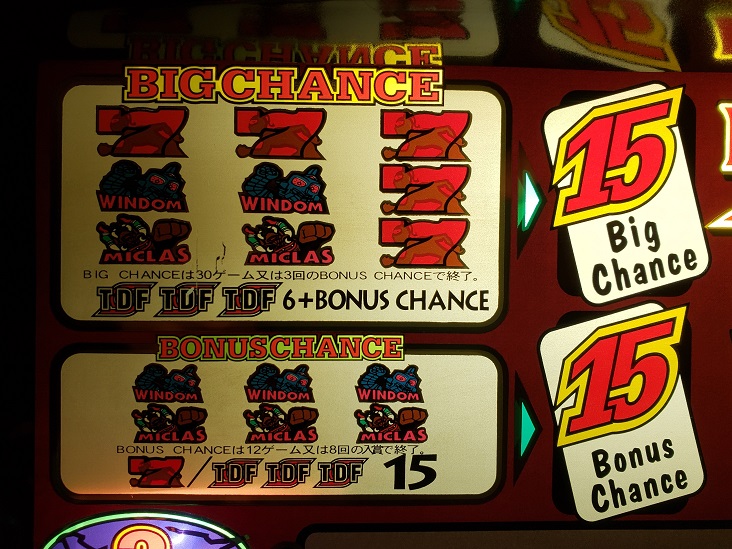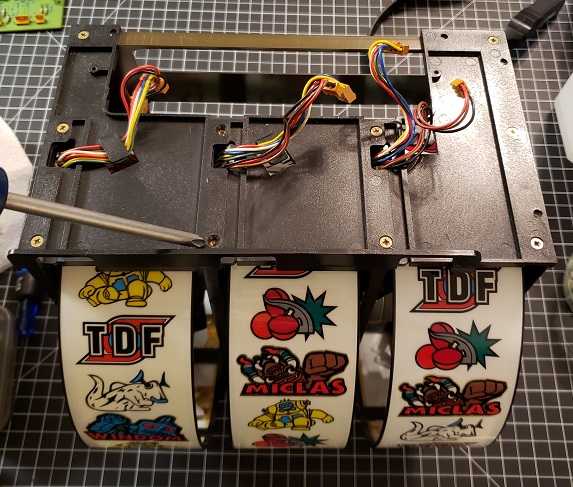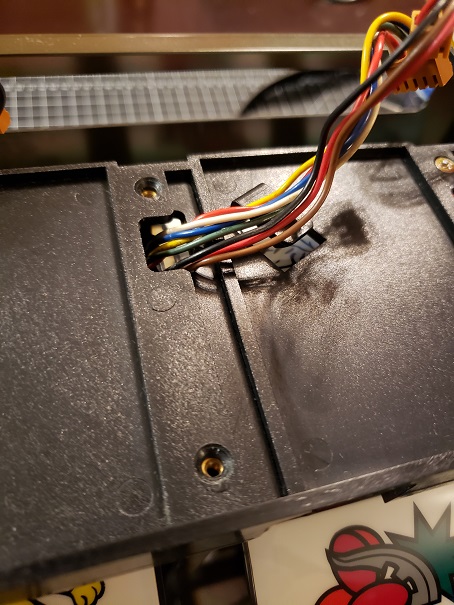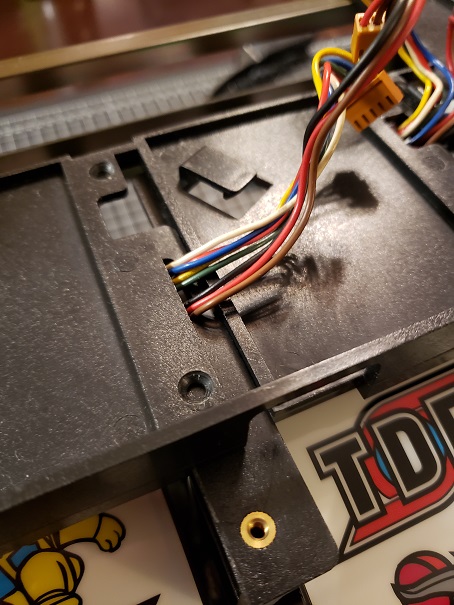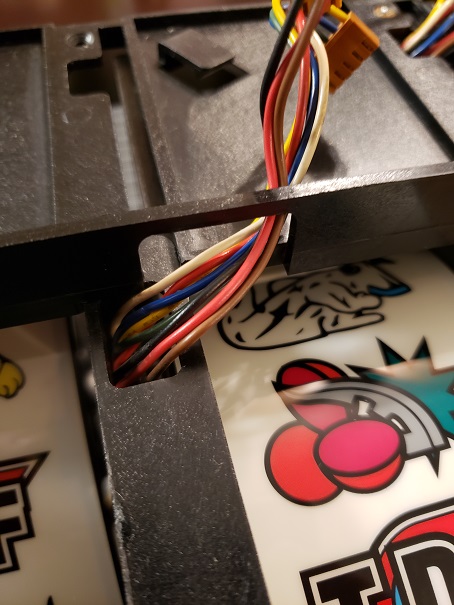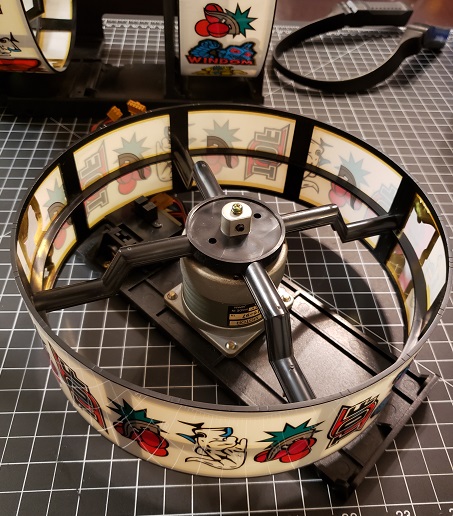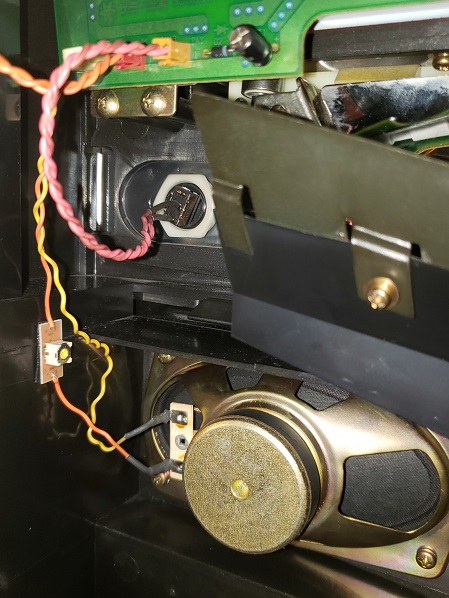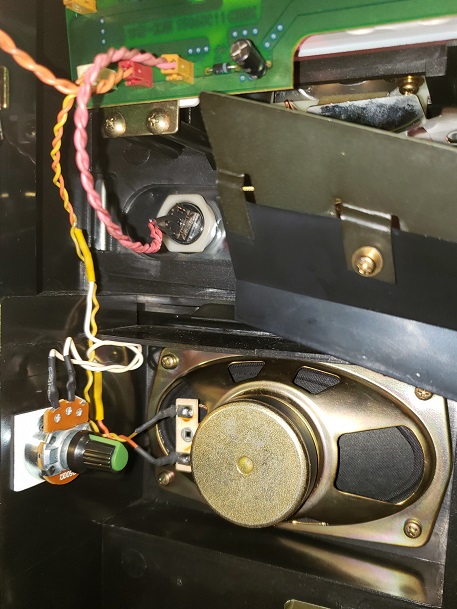
Ultraseven:
The Ultimate Power of the Space
ウルトラセブン
(Ultraseven)
Sammy - 1997
On a whim I
was searching my local craigslist for pachinko and pachislo around the
second week of August 2022, when I saw
a posting for a $100 machine about an hour away from me. The
pictures weren't that great and the description wasn't much better, but
the machine looked themed after my favorite live action Japanese
series, Ultraseven. Ultraman may be universally known but its
sequel, Ultraseven, is by far the high point of the entire Ultra Series
- even to this day in my opinion. The seller didn't seem to have
any idea what the theming was, listing the machine as Banpresto (who I
believe was in charge of licensing the Ultra properties at the time)
which meant I wouldn't be fighting against other Bay Area tokusatsu
fans. The problem was I saw it a few days after it was posted,
and for $100 I figured it was long gone.
A day or so
later the seller got back to me and said they were waiting for someone
to pick it up. Sure enough, I figured that was it. However
they ended up flaking on the guy so he said he'd sell it to me the next
day. My wife and I drove about two and a half hours round trip
after work to pick it up. It was in the seller's
garage, totally coated with filth and grime. It turned on but had
an error message and he didn't want to deal with figuring out how to
repair it. Once getting it home I gave it a basic wipe down
before bringing it inside.
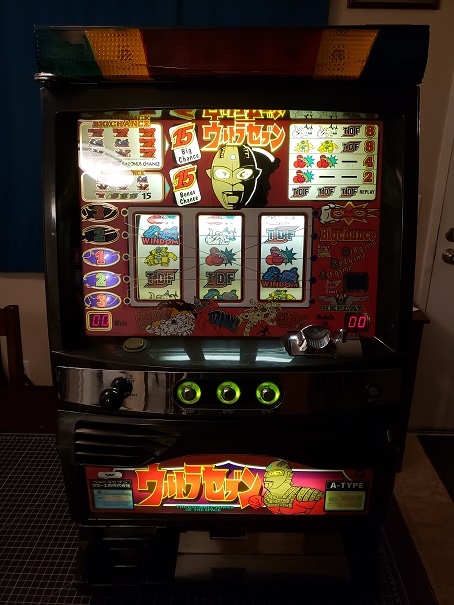
After an initial wipe down and reset, the machine powered on and worked
for the most part.
It started with an
E1 error as expected. I reset the machine and it seemed to work
fine, however the coin hopper was jammed up and not spinning.
Flipping the hopper switch didn't do anything other than give off a
pulsing noise so I figured it was gummed up. This wasn't
surprising as the hopper sits at the bottom and the machine was simply
totally coated with dust and dirt. The seller said it came out of
a storage locker and I believe him.
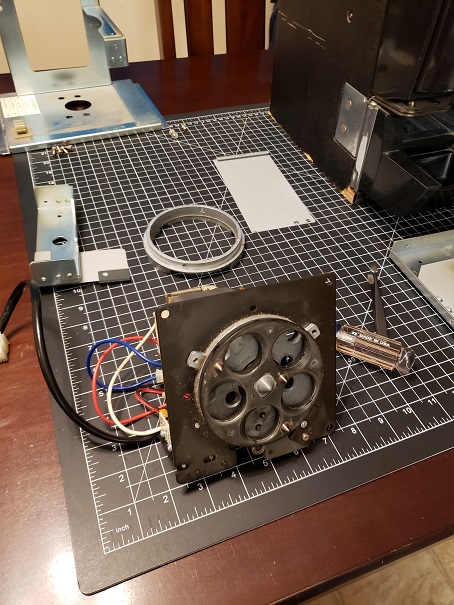
The hopper being taken apart in preparation for cleaning and rebuild.
I spent a few
hours after work the next day tearing down and rebuilding the
hopper. The mechanism was interesting in how complex it was, with
a plate that spins on the top to grab and eject coins, passing them
along a tab that depresses a switch to count them off. It also
has a rather powerful motor and transformer, in addition to quite a few
mechanical parts that all move when a coin is dispensed. The
whole thing is also armored to prevent it from being tampered with in a
casino setting. I also completely cleaned out all the old grease
from the gearbox and repacked it with high speed / temperature grease
that I use in radio control car transmissions. After the full
rebuild the hopper was working great.
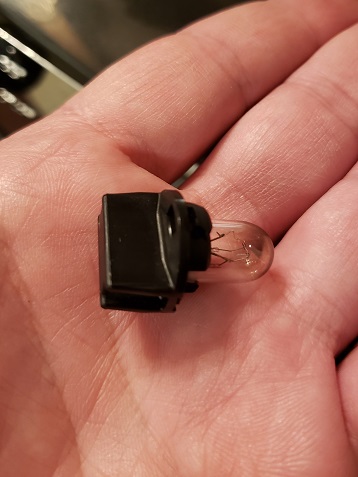
A wedge base that this machine uses, loaded with a lamp.
I was missing
a few wedge bases that hold the lamps in place, in addition to having
quite a few lamps burned out. The machine also didn't come with
any medals / tokens, so I was going to need a supply of at least 400 of
those, which is really the absolute minimum for a machine.
Looking up information lead me to the PachiTalk Forums, which I had
been a member of for years but rarely accessed. I didn't know it
at the time but my return to PachiTalk would send me down a path of
pachinko and pachislo and restart my interest in the hobby.
I ordered
replacement wedge bases and lamps from a couple vendors online and
moved to start stripping the entire machine down to give it a full top
to bottom cleaning.
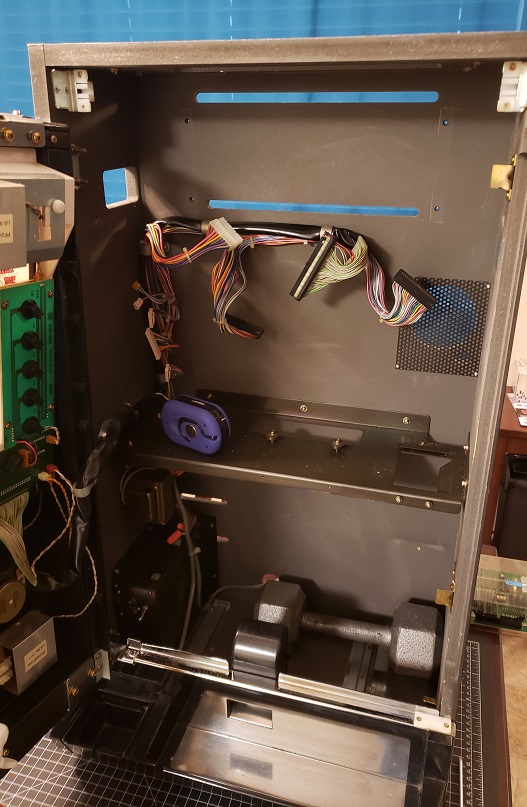
Hopper, reel cage, PCBs, and top light bar removed.
The rebuilt
hopper was no longer jamming up or getting stuck on power-up. In
doing research on pachislo machines I found a lot of information
stating that problems with the payout system in the hopper can cause a
lot of errors. Since this was the part of the machine that was
totally stuck and buzzing when I picked it up, I know it had to be
gummed up for quite some time. I'm really glad I picked up the
machine before the guy I bought it from kept slamming it with power
rather than trying to figure out what the problem was.
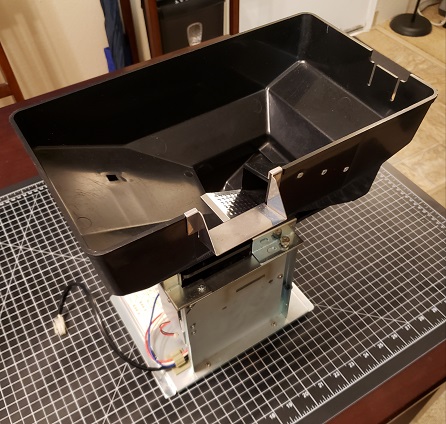
The restored hopper looking brand new.
I cleaned all
the harnesses and boards, in addition to the PCB cases and the mounting
rails. With everything removed it allowed me to give the cabinet
itself a good scrubbing and ensure all structural screws were tightened
down properly, same with all the mounting rails.
A word of
advice is to be careful when the machine has the hopper removed, as it
makes the whole thing surprisingly front heavy. I put a dumbbell
in the bottom of the machine whenever the hopper was out and I was
working on it and it seemed to do the trick and keep it from wanting to
fall forward. On this machine the reset key (which has been
replaced with a simple switch) and reset button are located on a metal
chassis on the side of the machine, above where the reel stop PCB is
located. Once everything was cleaned to my linking, I refitted
the mainboard.
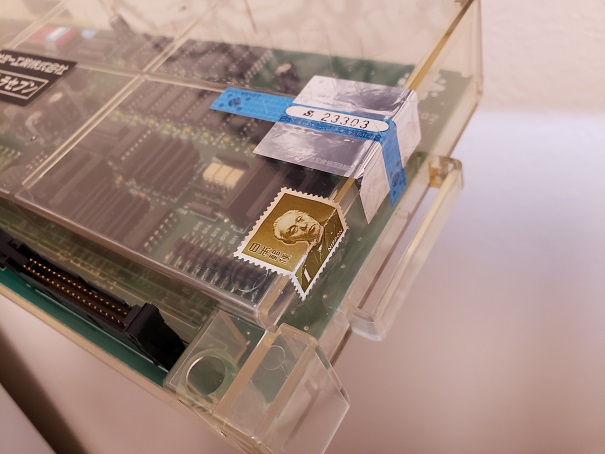
I've
seen a stamp on many pachislo mainboard cases but haven't been able to
figure out the significance of them. The silver sticker and
tamper label are obviously manufacturer serial numbers and part of the
licensing requirement for a gambling machine but the other stamp looks
like a regular postage stamp. Maybe it's some kind of traditional
thing? Perhaps a second seal that parlors would stick on
there? If you know, let
me know!
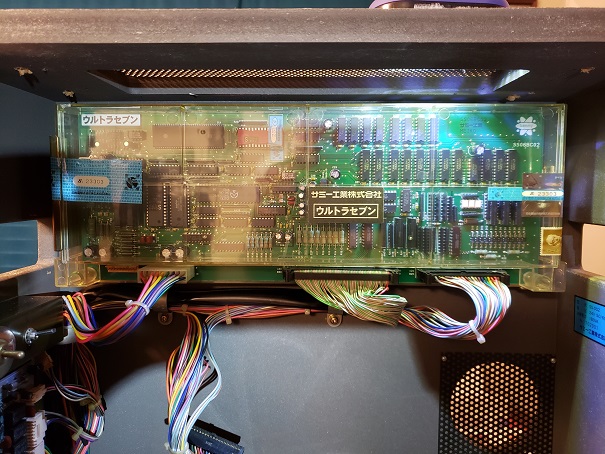
Next was the
reel cage and this thing was in horrible shape. A lot of people
don't seem to do anything to the reel cage on their machines but there
was no way I could have left it as is. At this point I wasn't
feeling confident enough to take the reels out and do a 100% clean, but
I still took the PCB off and cleaned everything as best I could without
disassembling it all. It wasn't just the dirt and grime, the reel
cage absolutely stank, which I traced to the PCB. The residual
solder flux on the board had broken down and turned sticky, so it was a
grime magnet. It took quite a while but I got all the grime
cleaned off, the harnesses cleaned, and reels cleaned as best as I
could without removing them - making everything look 100x better with
way less smell. I still can't believe how filthy it all was.
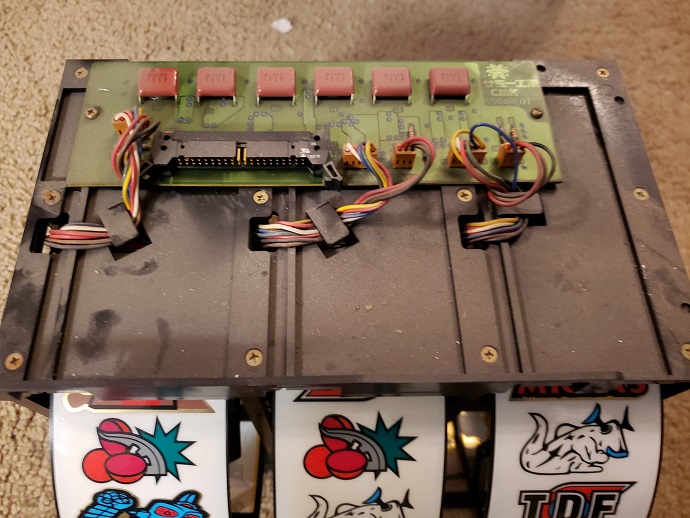
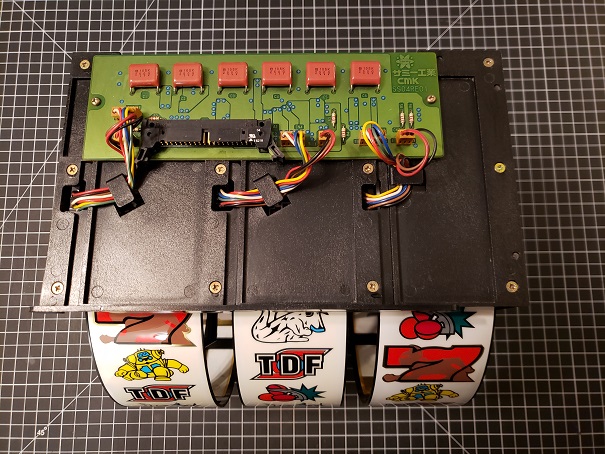
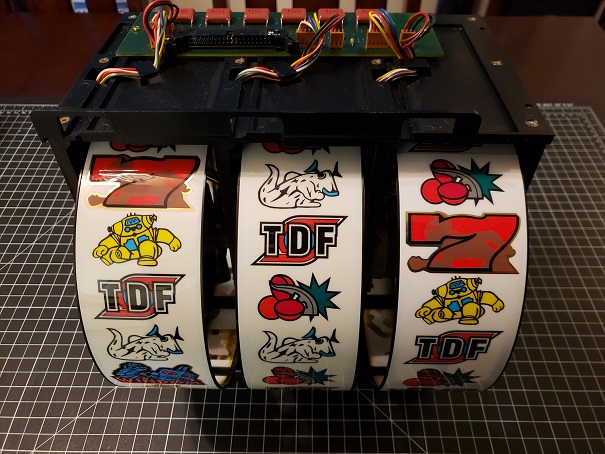
At this point
I noticed what I initially though was a problem with the left speaker,
it was barely audible and sounded very tinny. I unplugged the
right speaker so I could hear it better and yeah, something was up. I
cycled and cleaned the connector, no change. There was no volume
adjustment added (only the usual cabinet "loud - louder - loudest"
slider), so I set the issue aside as something to diagnose once I
pulled everything off the front for cleaning. I swapped the
speakers to see if the problem traveled and it did not, so at the time
I figured it had to be something with the output of the left
side. This would actually be a problem that nagged at me for the
entire rebuild process, but I'd figure out what the issue was later on.
I ended up
pulling pretty much everything out of the machine for cleaning and
servicing. I'm usually not anything approaching a "factory resto"
type of person with stuff like this, and generally stop at getting it
clean and operable but this needed the full pull. No more grime
or abuse for this machine - it'll get to live out its retirement years
in style.
I bought some
of the small volume adjustment pots that a lot of people use on their
machines, which allowed me to adjust the volume to each speaker.
Even with volume adjustment pots installed, the audio relationship for
the left speaker was still really weird. I plotted out the
circuitry and everything looked fine but it was almost as if it was
getting overdriven. The factory volume switch was pretty suspect but
even after pulling and cleaning it no change occurred.
Interestingly each speaker is on its own channel - yet still share some
kind of output through the volume resistor bank. When hitting a bonus
the game plays the Theme of Ultraseven, and the left speaker plays some
snare effects and rhythms, while the right speaker plays the beat, and
both speakers play the melody. This was driving me nuts since
everything seemed to be in good order but the sound out of the left
speaker was still strange. Yet the machine had still come a long
way from when I picked it up.
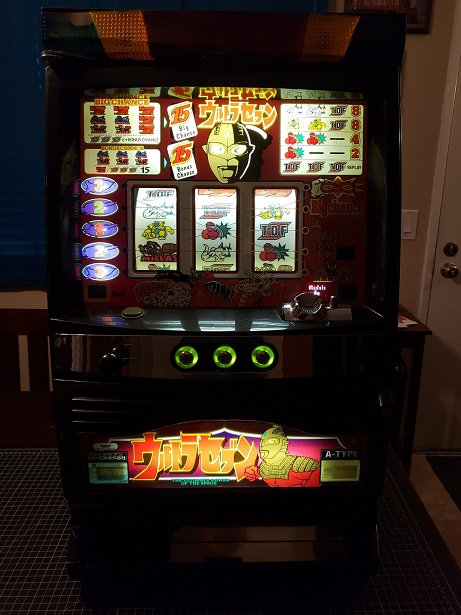
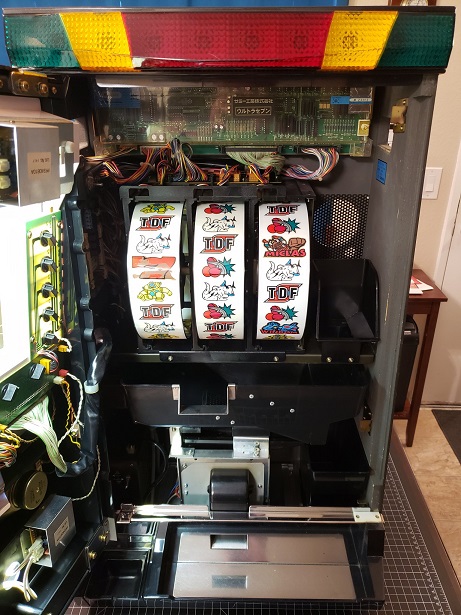
I bought an
order of 1000 assorted medals from a member on PachiTalk so I could
finally put the machine through its paces and everything seemed good to
go. The one issue I was having was a bit of a power drain when
the hopper would be paying out during a bonus. At the time I
chalked it up to the coin mechanism having been so dirty for so long
and possibly being damaged. Everything seemed really smooth after
the rebuild however, so at the time I was simply going to see if it
would shake out on its own.
I pulled the
transformer out and saw it was the issue, as it was only rated for
2A. Pachislo machines are usually 24V and you want at minimum 4A
for anything without a video screen and 5A at the minimum for a machine
with a video screen. Machines generally didn't leave Japan for
export with a power adapter installed, it was something the importer
would do. Whoever brought this machine to the USA wasn't well
equipped to do so and stuck a little 2A Radio Shack transformer in
it. Makes me wonder if this thing ever worked correctly outside
of a parlor.
I ordered a 4A
transformer off eBay that was an industrial pull and honestly it looked
as good as new. I attempted to mount it where the old transformer
was but it was fouling the hopper as it is larger and the clearances in
this machine are pretty tight. I pulled it out and oriented it
differently in the same area, allowing everything to fit. Good
clearance all around to prevent heat from being trapped and nothing
fouls. I also eventually replaced the power cord and ran a
grounding line to the power supply chassis.
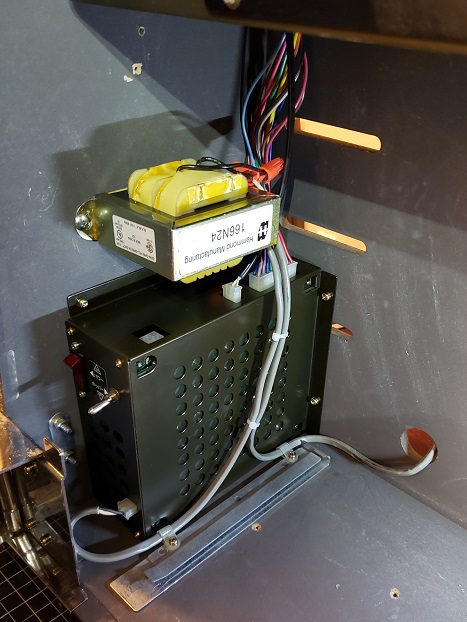
The new transformer prior to me replacing the power cord.
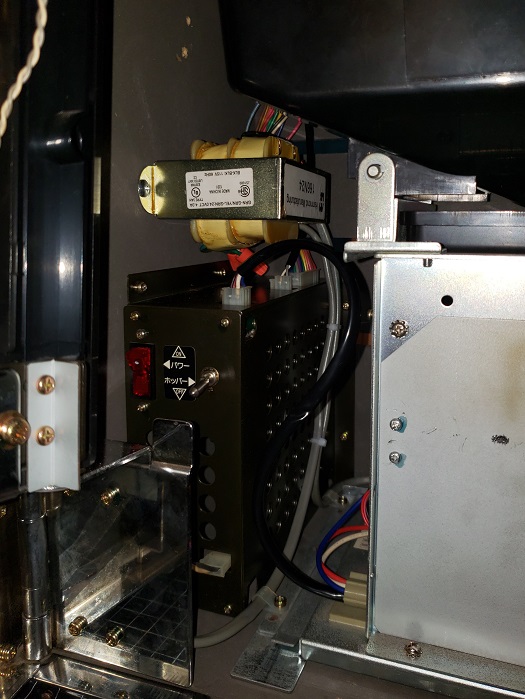
Clearances are pretty tight but everything fits and is isolated.
When mounting
the larger transformer I came to realize why so many transformers are
mounted on the other side of the machine in a lot of them I see that
are this configuration. They're usually either up next to the
reels or down where the hopper overflow is (marked with yellow X's
below).
I'm going to
leave it at the bottom left as less wire running all over the place is
good. Also the wide hopper on this machine is way easier to fill
using the funnel to the right side of the reels and I would rather not
have a mains connection right above that. As for putting a
transformer where the overflow is... that's just crazy and asking for a
short.
With the new
transformer the machine works far better now. Much less heat, the
machine doesn't struggle when turning the hopper on, and the hopper
moves coins way faster. The whole game is much more snappy with
no lag or bobbles. Of course a 5A transformer would have given me
even more head room but 24v 5A or greater transformers are surprisingly
hard to find, with the supplier many used for years, PowerVolt, being
almost impossible to order from now.
The more
powerful transformer also made the machine's sound a lot better.
Sure enough it seems the left speaker is supposed to be quieter during
normal play, as now during the bonuses the rhythms and sound effects
from that side are at even volume with the right speaker and everything
sounds great.
I was still
getting an HP error (hopper error) every now and then when cashing out
but after using some contact cleaner on all the connections throughout
the machine the problem went away. If you do have one of these
machines and get stuck in an HP error, it is cleared by using the
secondary door lock switch. If you have a door key, insert it and
turn it the opposite direction of unlock. If you don't have a
key, open the door and look for a microswitch along the lock lever on
the inside. Give it a press and the machine will clear the error.
As a bit of a
cosmetic touch, I gave the top of the cabinet a couple coats of gloss
black acrylic paint to help hide the parlor mounting scars. The wood
drank it right in and I think it looks more finished now.
With the
machine working correctly, I was able to get into its gameplay quirks
more and how the Ultraseven theming works into how the bonuses start.
Each of the
three ways into a Big Chance are accompanied by different sound and
light events. 7-7-7 will do a transformation sound with matching
light bar effects and play the "Seven! Seven! Seven!" fanfare from the
show's theme. Windom-Windom-7 or Miclas-Miclas-7 each play a
different sound effect flourish and have a different light pattern -
which makes sense since they are two of Dan's capsule monsters, if
you're unfamiliar with Ultraseven. Ultraseven was a hugely
influential show in Japan, with the capsule monsters directly
influencing all the Capsule Corporation stuff in Dragon Ball, in
addition to the concept of capsulized monsters in Pokemon. Big
Chance plays the show's battle theme, while Bonus Chance plays the
show's theme song. It's a simple machine, but for the property it
uses it's kind of perfect in that neo-retro way.
At this point
all that was really left to clean were the reels themselves so I
figured I'd go for it, including getting the last of the grime off the
stepper motors. Stepper motors are generally pretty bulletproof
but I gave them just a bit of a contact cleaner treatment since the
machine was so dirty and they feel and sound a lot smoother. I also
took the opportunity to very carefully straighten up the third reel as
it was just a bit too wobbly.
For anyone who
may have a similar model late 90's Sammy machine, this is how you can
remove the individual reels for cleaning or maintenance...
Unplug the
harness that runs from the mainboard to the board on the reel
cage. Then disconnect the stepper motor and sensor plugs from the
board on the cage and remove and set it aside.
Each reel is
held in place by two screws on the top and two screws on the bottom.
I'm removing the center reel here...
The other
screws around the back and side hold the cage together and can be
removed if you need to tear it down completely for cleaning.
After getting the screws on the top and bottom removed, push the wires
over into this little channel...
With the wires
over there, the reel mount will slide forward. Be sure to keep
the wires in the channel to prevent them from being pinched...
When you get
to the end, the wires and their connectors can be pulled through the
opening at the end to allow them to slide free of the cage...
And the reel
mount slides right out...
The reel can
be removed from the stepper motor by removing the screw atop the shaft
and then the grub screw at the side. This will give you easy
access for cleaning, in addition to the stepper motor and the optic
sensor for each reel . Do the same in reverse to put it back together -
easy. When cleaning the reels themselves be extremely careful not
to dent or crack them. They are extremely fragile, please take
your time when cleaning them.
Everything
seemed great with the machine at this point, but I wasn't really happy
with the tiny little volume adjustment pots after using them for a
while. The volume adjustment range is just way too narrow,
they're fiddly to adjust as they require a tool, and I don't like how
they're manufactured (the substrate they're mounted on is honestly
pretty garbage). I ended up ordering an alternate kit off eBay to
replace them with. Sure I could just buy a couple 500 ohm pots
but the local electronics parts supplier is only open when I'm working
so I ordered the kit off eBay.
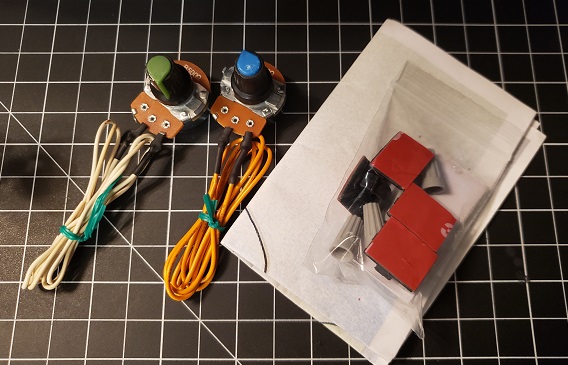
Kit is the key
word, as it really does come with everything you need in the
package. Two pots with long pre-stripped leads, wire nuts, double
sided mounting tape, cable management clips, and basic
instructions. If you have no tools other than a pair of scissors
you can install this kit. I shortened the leads and soldered them
in and then covered the joints with heat shrink, but it's cool that
varying skill levels can install it.
Before... (one
on each side obviously)
After...
(again, one on each side obviously)
The adjustment
range is still going to be kinda narrow with this method obviously, but
these are so much nicer than the components I was using before.
There's a lot more range of adjustment and it's far easier to dial the
balance in to exactly what you want. They're way more robust as
well.
As for
everything else on the machine, it all seems to be working
perfectly. No hopper errors and no issues with the game loosing
track of where it is during a payout. The molybdenum grease I
repacked the gearbox with makes it run butter smooth. I use it in
high speed / high torque radio control car gearboxes and it does a
spectacular job at lubricating them over the years. Of course
having a transformer that can handle the current draw makes a big
difference too - not to mention everything is really clean now.
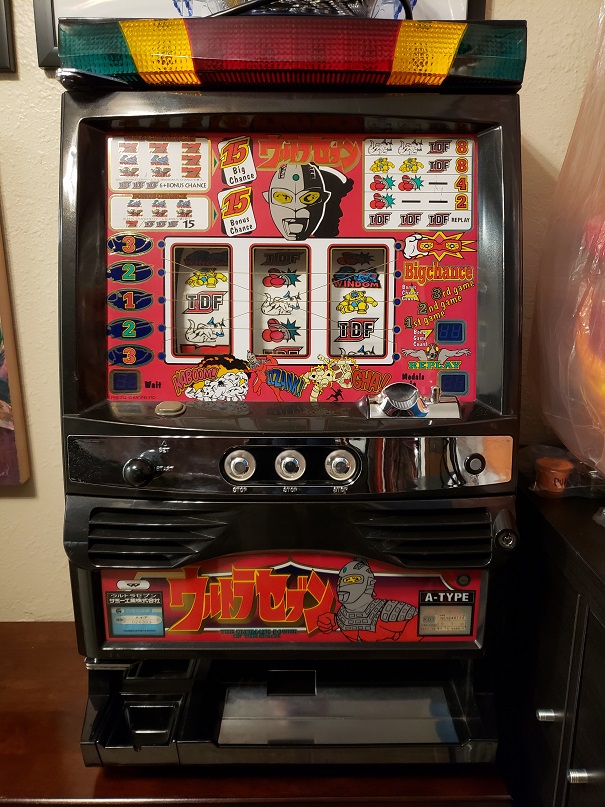
The machine turned off, focus on artwork.
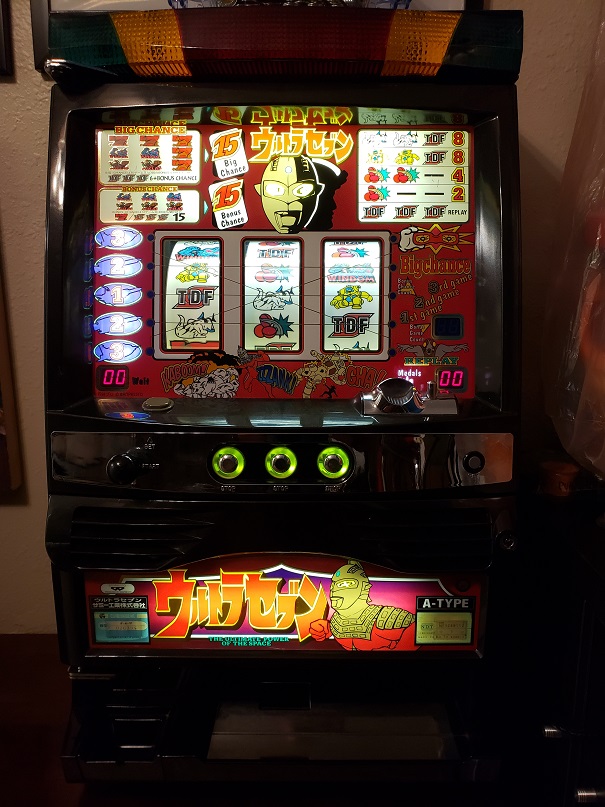
The machine turned on, focus
on lighting.
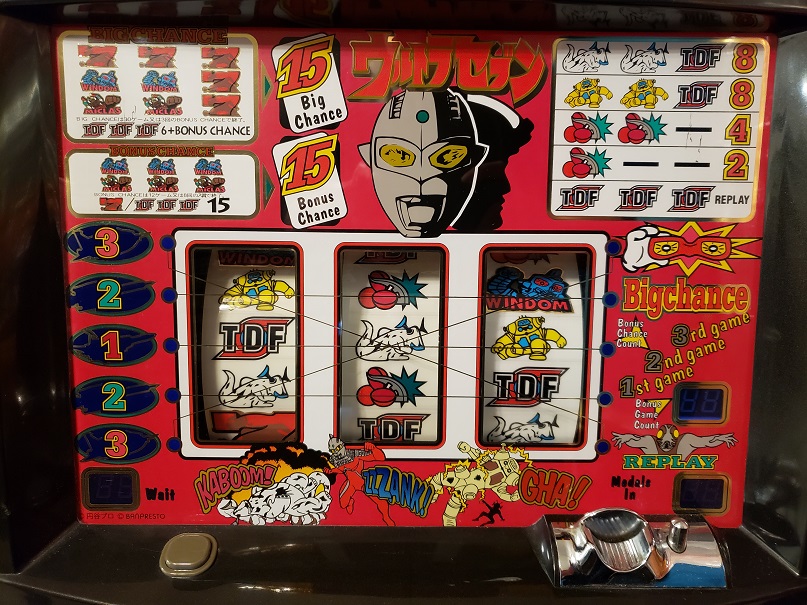
Close up of reels, machine off, focus on artwork.
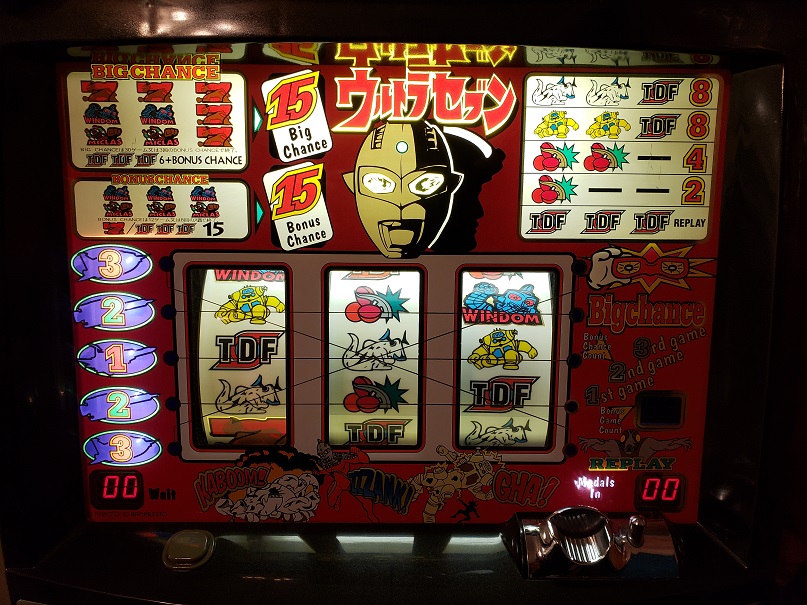
Close up of reels, machine on, focus on lighting.
It's a simple
machine but I've really been enjoying it - the theme goes a long way
for me in that regard. It helps that I really love Ultraseven.
- - -
Last updated
09/23/2023
If you have
questions or comments about pachinko or pachislo, you
can contact me here.
- - -
- - -
Page
Content and Graphics
Copyright 2023 ClassicPlastic.net








